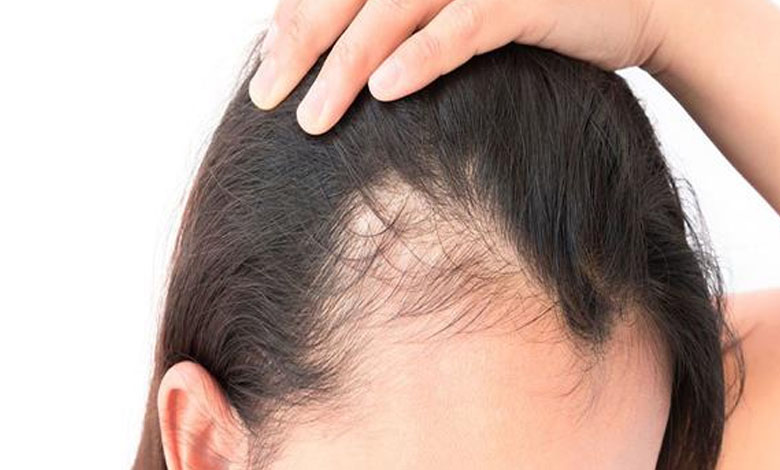Scientific breakthrough could end hair loss problem

A team of Japanese researchers studying the processes of hair follicle growth and hair pigmentation has successfully generated hair follicles in culture. That’s what the journal “Science Advances” reports. Their in vitro hair follicle model contributes to the understanding of hair follicle development, which could contribute to the development of useful applications for the treatment of hair loss disorders, animal testing and drug screening.
During the development of the embryo, interactions occur between the outer layer of the skin, called the epidermal layer, and the connective tissue, called the mesenchyme. These interactions work as a sort of messaging system to trigger hair follicle morphogenesis. Morphogenesis is the process by which the cells of an organism organize themselves to form tissues and organs.
Over the past decades, scientists have explored crucial mechanisms related to hair follicle development using animal models. As the complete understanding of these mechanisms of hair follicle development remains a challenge, hair follicle morphogenesis has not been successfully reproduced in a laboratory culture dish.
Organoids are tiny, simple versions of an organ, which scientists produce and use to study the development and pathology of tissues and organs in a laboratory culture dish. “Organoids are a promising tool to elucidate the mechanisms of hair follicle morphogenesis in vitro,” says Tatsuto Kageyama, assistant professor at the Faculty of Engineering, Yokohama National University.
The research team made hair follicle organoids by controlling the structure generated by the two types of embryonic cells using a fairly low concentration of extracellular matrices. The extracellular matrix is the body’s framework that provides structure to cells and tissues. The extracellular matrices adjusted the space between the two types of embryonic cells from a bell-shaped configuration to a nucleus-shaped configuration. Newly formed hair follicles with typical features appeared in shell-like clusters. These nucleus-shaped clusters increase the contact surface between two cellular regions in order to reinforce the mechanisms that contribute to the growth of the hair follicle.
The organoid culture system developed by the research team generated hair follicles and hair shafts with almost 100% efficiency. Hair follicle organoids produced fully mature hair follicles with long hair shafts (about 3 mm long after 23 days in culture). During this growth, the researchers were able to follow hair follicle morphogenesis and hair pigmentation in vitro and understand the signaling pathways involved in these processes.
Researchers examined the viability of hair follicle organoids for drug screening and regenerative medicine. They then added a melanocyte-stimulating drug, which plays a key role in producing hair pigmentation, to the culture medium. Thanks to the addition of this drug, researchers have significantly improved the pigmentation of hair fibers.
Also, by transplanting the hair follicle organoids, they achieved effective hair follicle regeneration with repeated hair cycles. They believe that the in vitro hair follicle model could prove valuable for better understanding hair follicle induction, for evaluating hair pigmentation and hair growth drugs, and for regenerating hair follicles.
These results could also be applied to other organ systems and contribute to the understanding of the course of physiological and pathological processes. For future research, the team plans to optimize their organoid culture system with human cells. “Our next step is to use human-derived cells and apply them to drug development and regenerative medicine,” says Junji Fukuda, a professor at Yokohama National University’s College of Engineering.
His future research could open new avenues for the development of novel treatment strategies for hair loss disorders, such as androgenic alopecia, which is common in both men and women.












